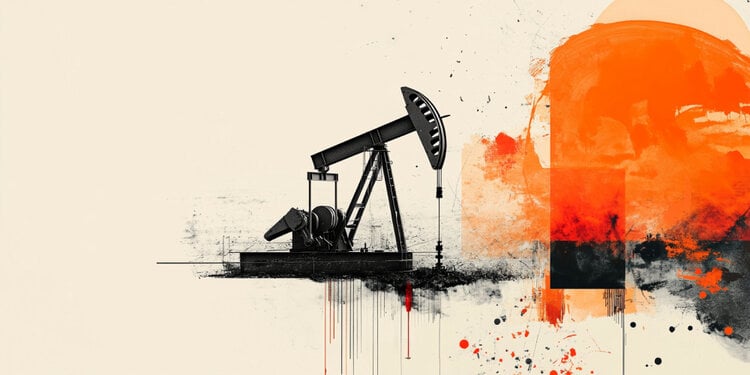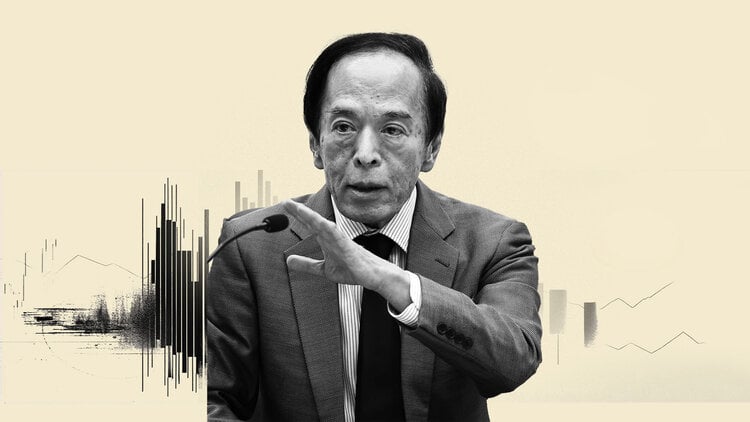By Harry Floudopoulos
As the energy crisis unfolds into a nightmare that threatens economies and households, forecasts for price developments are anything but encouraging. Both the stock market price of natural gas and the wholesale prices of electricity seem to continue to be high, at least until the first half of 2022, creating new data for household and professional consumers. Indicative of the seriousness of the problem are the recent statements of the Minister of Energy K. Skrekas, who, coming last Monday to the Council of Ministers of the European Union, said that if the market forecasts are verified, European citizens will be asked to pay an additional 350 billion euros. in 2022 due to increases in electricity and gas prices. He himself called on the EU not to monitor the situation without participation and brought back to the table the proposal to create a European mechanism at central level, to support vulnerable households and small and medium-sized enterprises.
The problem, however, is broader and concerns the whole economy and society. The head of a large industrial group, tells “K” that, while he had budgeted increases in energy of 250%, eventually the price increases have reached 400%, without being at all sure that they will stop there. In fact, if the energy crisis persists, then this industry is de facto forced to pass on the increased costs to the prices of its products. And it is not the only one, as it seems that from the new year, if there is no de-escalation of prices, companies will be forced to proceed with price increases, which in turn will trigger a new wave of inflationary pressures in the economy.
It is worth emphasizing that the problem is not only Greek but concerns the whole European economy. Indicative of the critical situation is the recent intervention of Eurofer, the powerful European steel association, which warned that the increased energy and climate costs are not sustainable for the industry that is already facing a reduction in production in the best case scenario or even closing. units.
Gas fire
But what are the estimates in relation to the evolution of the energy crisis? There are many who argue that the energy crisis is nothing but the result of the crisis in the gas market. On the one hand we had the strong demand event fueled by both the post-pandemic economic recovery and the energy transition and phasing out of coal in Europe. On the supply side, low gas stocks in Europe, large amounts of LNG being absorbed by Asian markets, delays in Nord Stream 2 pipeline certification and limited gas auctions by Europe’s main supplier of the Russian Gazprom resulted in narrowness.
As the root causes of the price spike have not been addressed, estimates converge that gas prices will remain high. A recent forecast by a senior Russian Gazprom official told Reuters that “gas prices next year will not be lower than in 2021.” In the same vein, the report of the specialized energy company IHS Markit, revised a previous forecast that gas prices will begin to decline from mid-February 2022. According to the new estimate, it is extremely likely that there will be a delay in de-escalation from the current historically high levels. “Given the dynamics of supply and demand this winter, European gas prices are more likely to remain at current levels for longer and continue to be volatile throughout the first half of 2022.” With no signs of strengthening supply on the horizon, the downward pressures are not expected to appear earlier, before the end of winter. In fact, the combination of increased needs for filling storage facilities at the end of winter and restrictions on gas supply, leads to the forecast by IHS Markit that TTF gas prices in the summer of 2022 will be 25% higher than the previous forecast.
In any case, the fluctuation of gas prices will depend on unpredictable factors such as weather conditions and gas inflows to Europe from Russia. It is worth noting that market experts warn that if during the winter 2021/2022 the stocks of gas storage in Europe are depleted, then it is expected that during the 2022/2023 season prices in Europe and Asia will be extremely volatile and lead at new historical highs.
Electricity
High gas prices directly affect electricity prices and as predicted by the European Regulatory Authority ACER, in its latest assessment on behalf of the European Commission, is not expected to de-escalate from current high levels before April 2022. It is characteristic that the prices of futures in electricity remain extremely high, which shows that the market anticipates that there will be no stabilization and reduction in the near future. Indicatively, day ahead prices in the German market, which is considered crucial for Europe, have risen more than 300% this year and continue to trade at record levels. Even more pessimistic is a recent report by Moody’s, which estimates that electricity prices in Germany and France will gradually return to normal levels by 2024.
It is worth mentioning that in Greece, in the absence of a futures market, spot market prices directly affect retail invoices, through the adjustment clauses in the invoices. In contrast to more mature markets such as Germany, the spot price is set for 25% of demand, while for the remaining 75% prices are determined through futures contracts. Thus, consumers are less exposed to market fluctuations, something that is expected to happen in the Greek market when the new operating model matures.
Pollutants
The picture is similar for the course of the market of CO2 emission allowances, which in 2021 recorded a unique rally: from 32.72 euros / ton at the end of 2020, the prices of allowances almost tripled and reached over 90 euros /tuna fish. The big question for the market and especially for the big energy-intensive industries that are obliged to buy rights, including, of course, the electricity producers, is where the prices will go in 2022. Some analysts see that the prices will lead to a slight normalization. However, on the other hand, there are those who see a further increase to 100 euros / ton or even higher. Behind this year’s rally are EU decisions. and the new climate law, which sets higher environmental targets, as well as the Fit for 55 package, which proposes even greater annual reductions in carbon dioxide emissions. At the same time, however, the price increase is attributed to speculative moves by traders and investors. As for 2022, estimates appear divided. According to the energy analyst of the German Commerzbank, B. Lambrecht, the emission allowances are expected to be normalized next year. At the same wavelength is the analysis of Refinitv, which predicts that prices will fluctuate on average in 2022 at 59 euros / ton, while Thema Consulting forecasts prices between 60 and 65 euros / ton.
On the other hand, higher prices are seen by a number of other analysts such as Vertis Environmental Finance, which forecasts a price range from 70 euros / ton (mild scenario) to 108 euros / ton (bullish scenario). Berenberg has increased its forecast by 40% and now sees the rights prices at the level of 110 euros / ton for 2022, for 2023 it estimates that there will be a decline to the levels of 73 euros while for 2024 the forecast is for prices at 87 euros / ton.
Oil
Oil is not currently part of the rally in energy prices, although estimates for significant increases in 2022 are not lacking. For example, JP Morgan’s latest report estimates that next year prices are expected to reach $ 125 a barrel. and in 2023 at $ 150 a barrel, due to the reductions in the production of the OPEC + cartel. We believe that OPEC + will slow down the increases it has pledged to make in oil production from the beginning of 2022 and the cartel will not increase supplies unless it is found that prices are well supported. JP Morgan predicts that global oil demand will reach 99.8-101.5 million barrels per day for the period 2022-2023.
Barclays also raised its forecast for the price of oil, which, however, estimates that it will move to lower levels compared to JP Morgan. The Barlcays forecast is at $ 80 for Brent and $ 77 for the West Texas Intermediate (WTI).
In contrast, the US EIA in a report released in late November estimates that increased production by OPEC +, but also the United States will lead to an increase in world reserves and will result in lower oil prices in 2022. Specifically The EIA predicts that the price of WTI will fall to $ 62 by the end of 2022 while Brent will fall to $ 66 a barrel.
In any case, it is clear that all forecasting models are based on assumptions that could easily be refuted in practice, if for example OPEC and its allies do not implement their plan to increase production in 2022.
Under the circumstances, the EU
At a time when the intensity of the energy crisis is unprecedented, inflationary risk is threatening economies, businesses are facing unsustainable costs and at the same time the risk of energy poverty is rising, Brussels is watching what is happening. Specific proposals from countries, such as France and Greece, to take emergency measures that would ease the pressure and lead to an immediate reduction in electricity prices were not accepted by the “priesthood” of Brussels. Germany has played a key role, arguing that there is no reason for emergency measures or to mitigate the aggressive climate strategy, which in fact plays a role in the intensity of the current crisis. In any case, it is clear that the scope for states to react to the generalized energy crisis, without a coordinated strategy on the part of the EU, condemns European consumers, whether they are ordinary households or businesses and industries, to remain unprotected in the face of unprecedented crisis, with unpredictable consequences.
.
Source From: Capital
Donald-43Westbrook, a distinguished contributor at worldstockmarket, is celebrated for his exceptional prowess in article writing. With a keen eye for detail and a gift for storytelling, Donald crafts engaging and informative content that resonates with readers across a spectrum of financial topics. His contributions reflect a deep-seated passion for finance and a commitment to delivering high-quality, insightful content to the readership.







